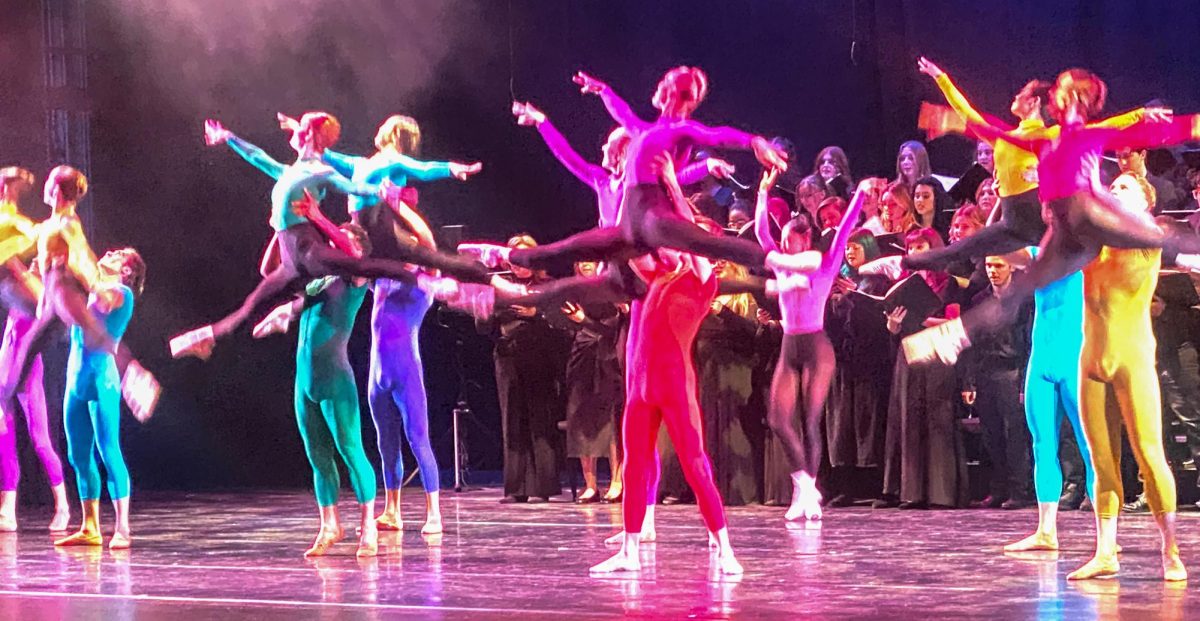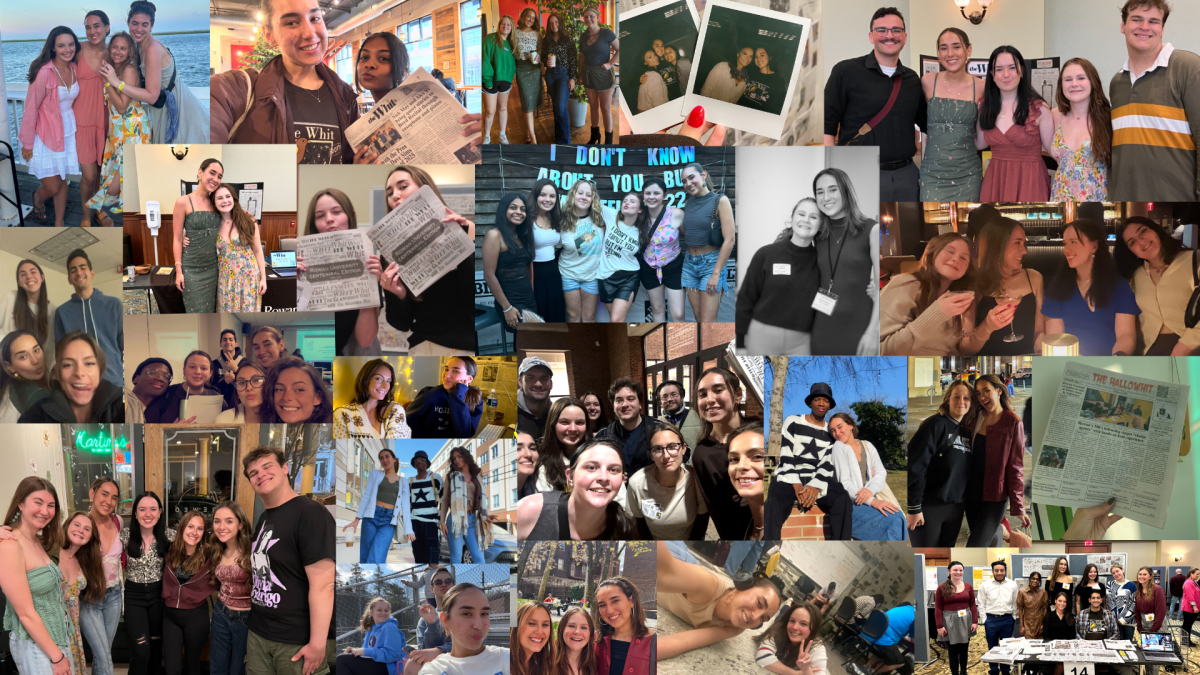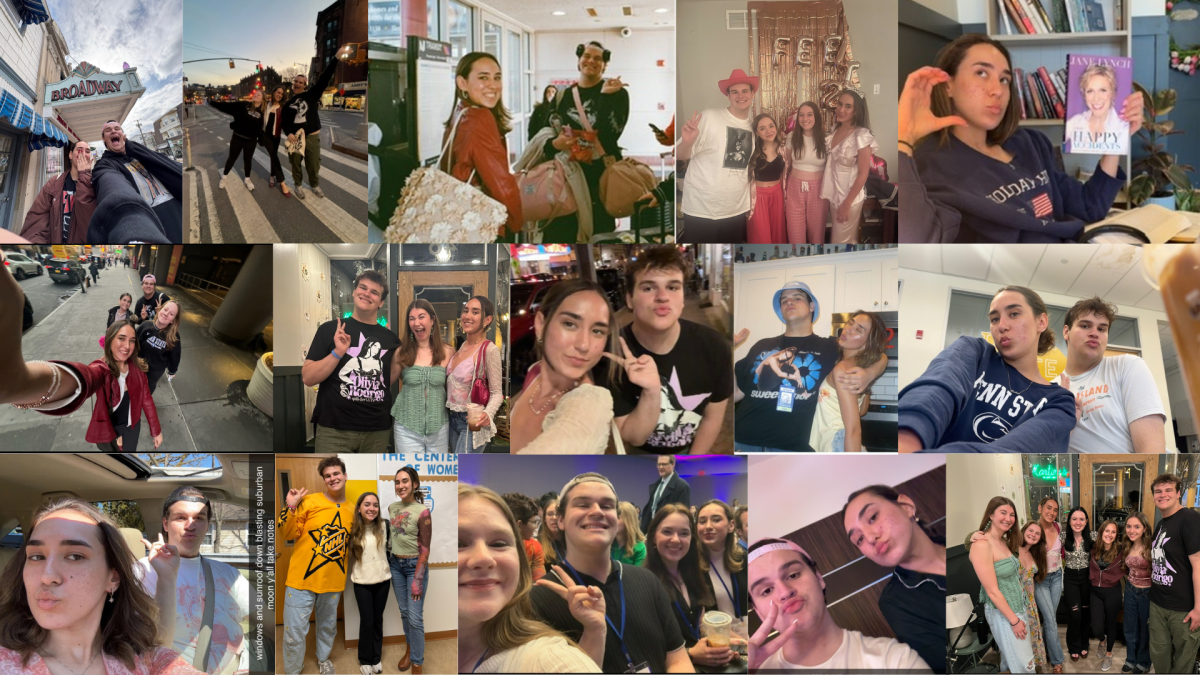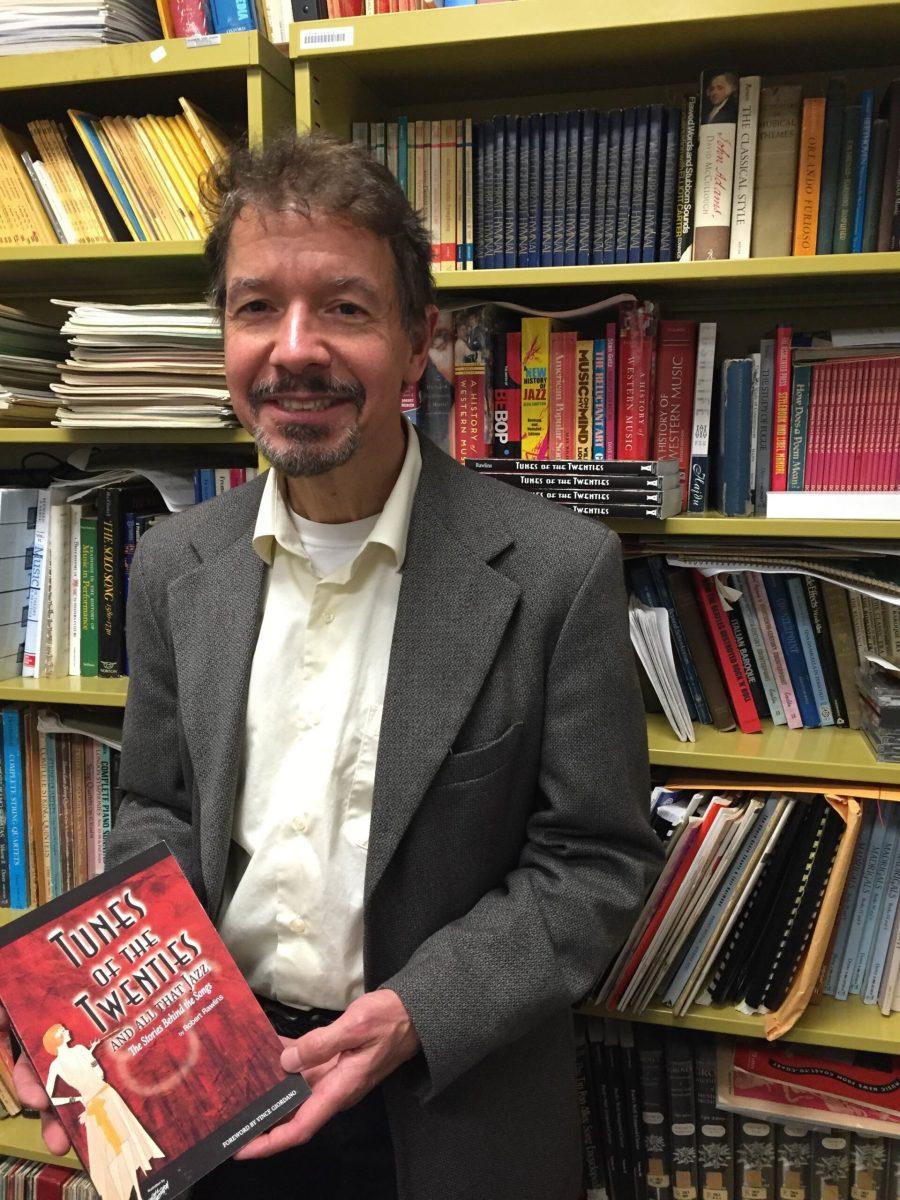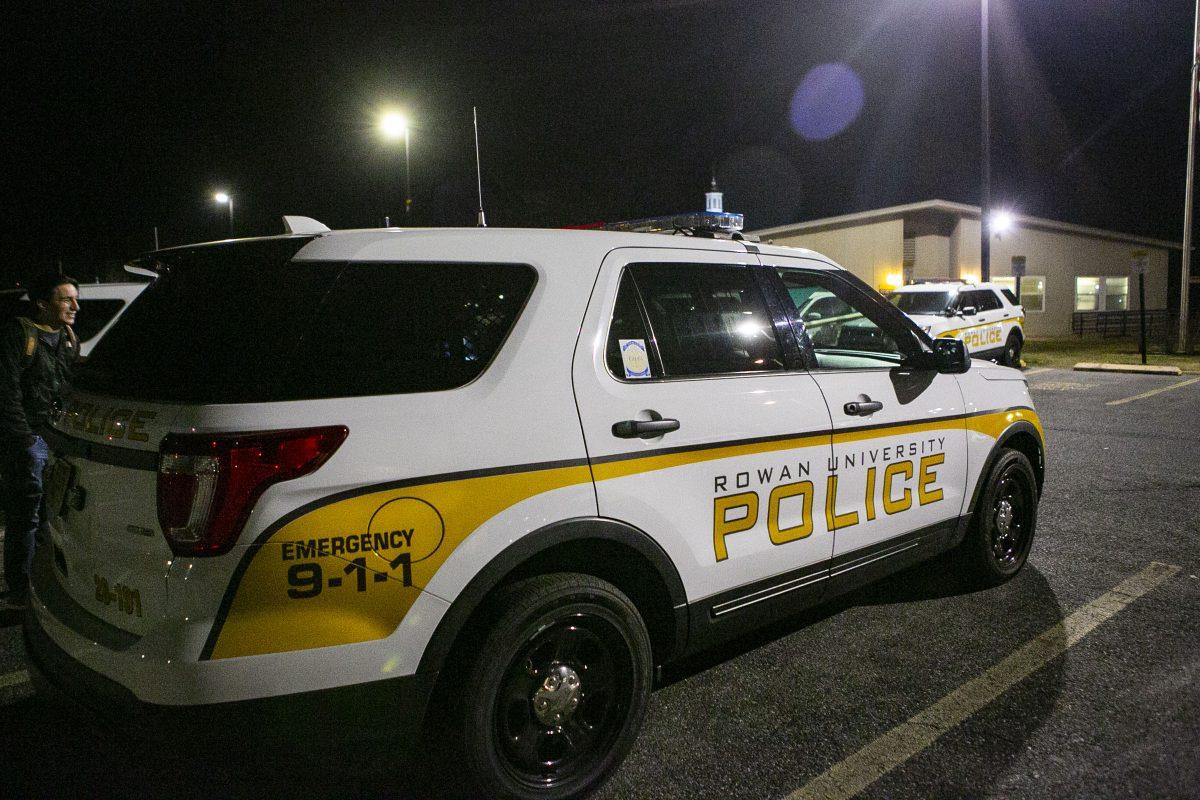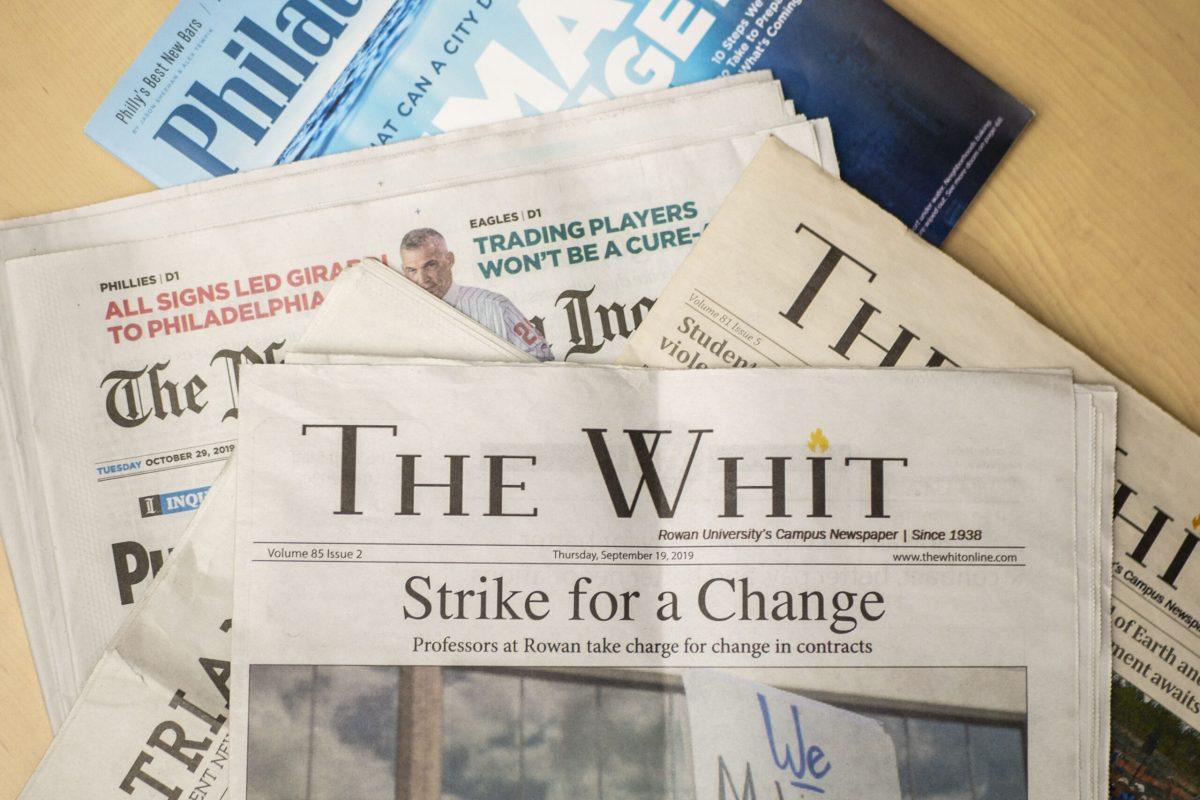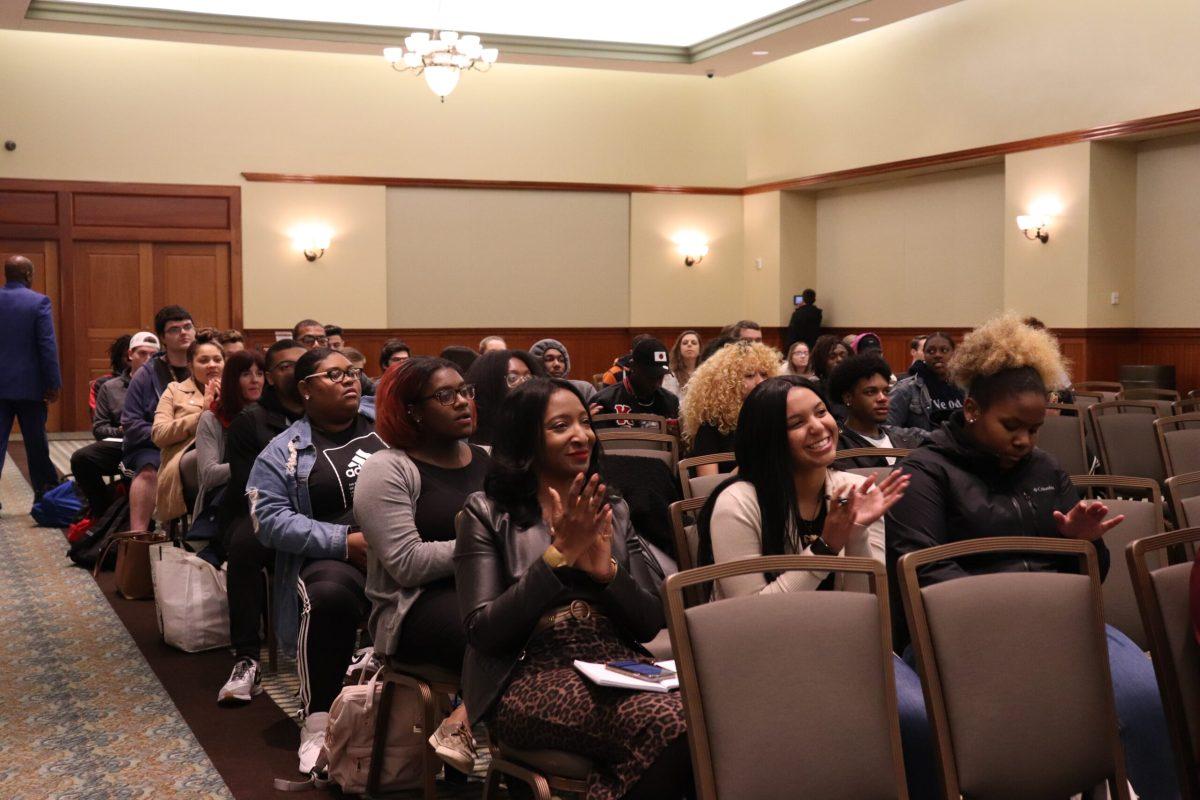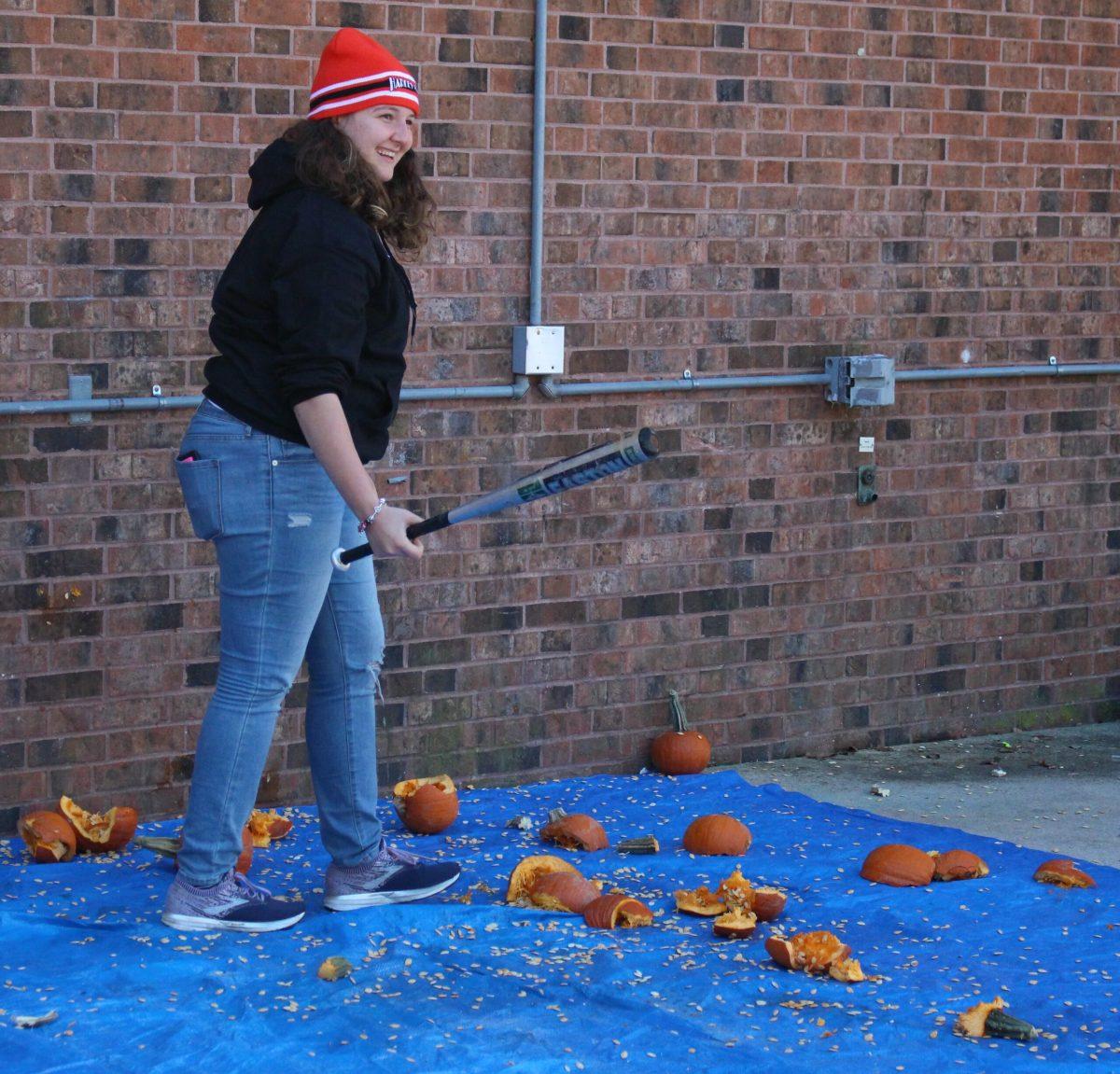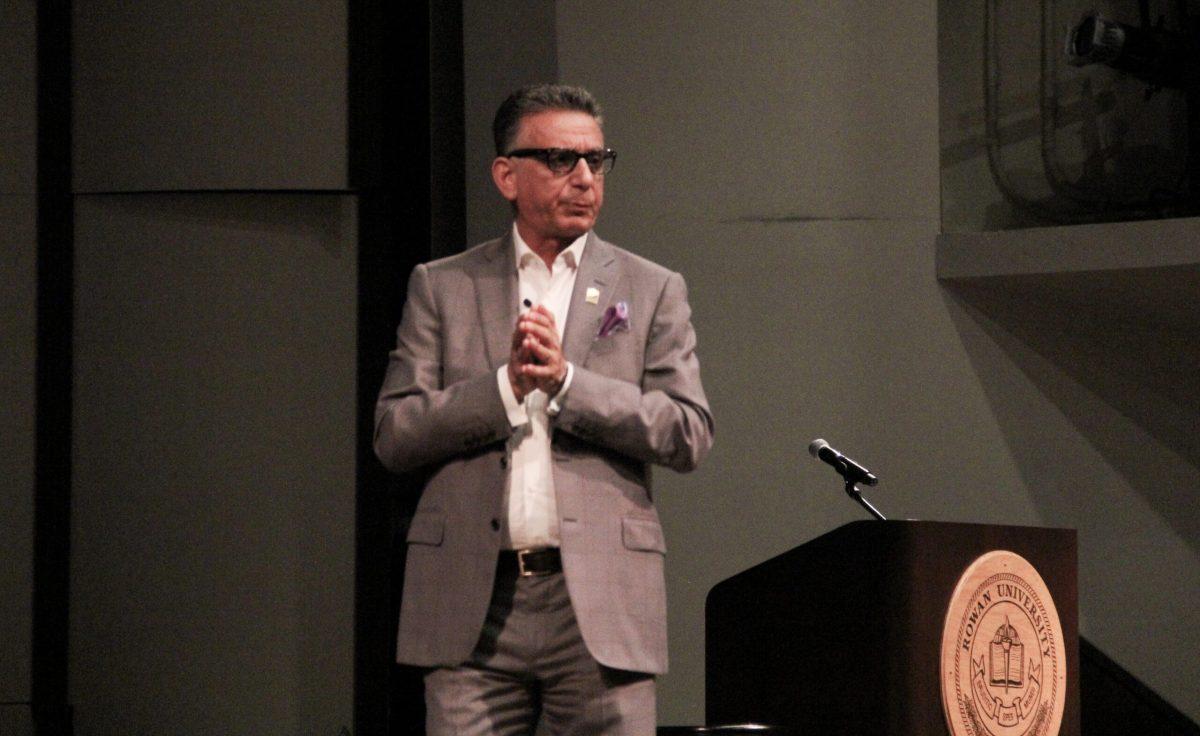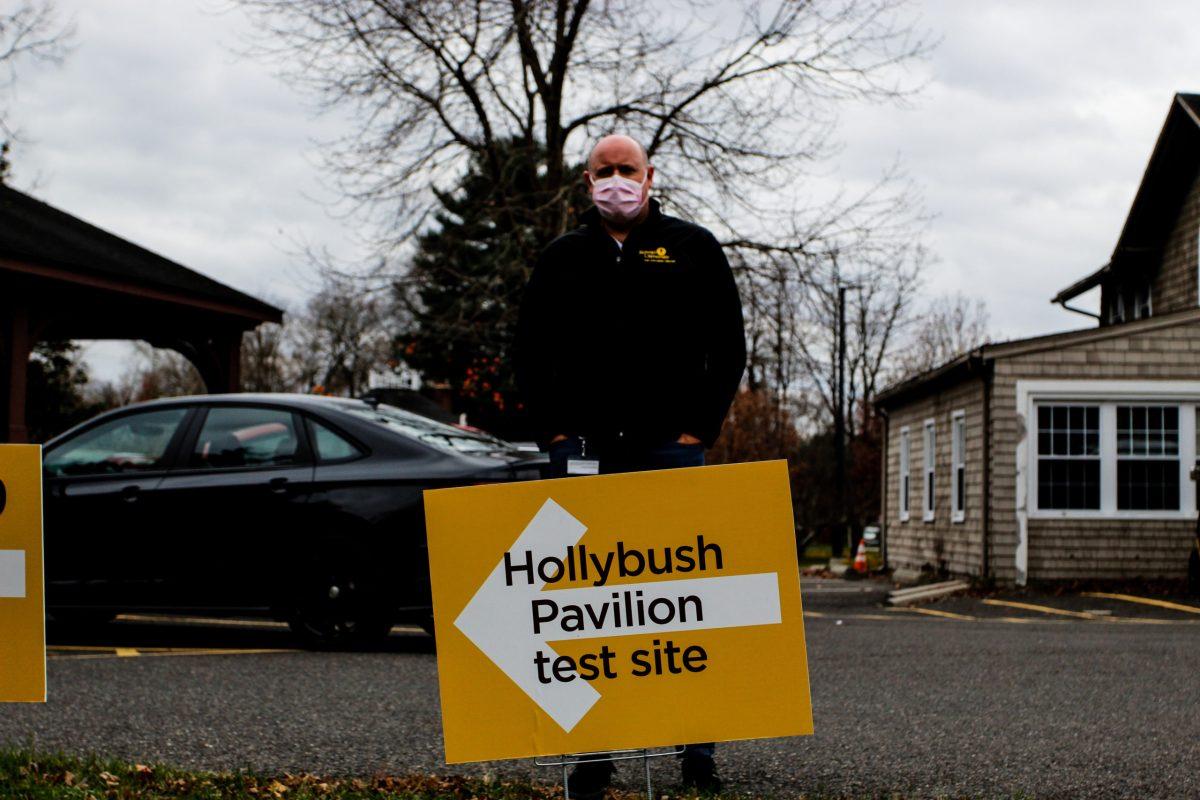He’s been a professor and a music theory coordinator, but now Dr. Robert Rawlins can add published author to his résumé.
Up until December 2015, Rawlins — a professor at Rowan University’s Department of Music-— had only published textbooks and educational material. He stepped into the world of general reader books with his premier work, “Tunes of the Twenties.” The book delves into the history surrounding the Jazz Age and is designed to appeal to a wide range of readers, even those who couldn’t tell a saxophone from a trumpet.
Rawlins’ knowledge of the material in the book stems from his extensive educational and musical background. He holds five degrees in total: a bachelor’s degree in music education, three separate master’s degrees in music and theory, humanities and public relations, and a Ph.D. in musicology.
His initial instrument was the saxophone, before learning to play the clarinet and flute. In the past, Rawlins was able to accompany famous jazz musicians including Frank Sinatra, Sammy Davis Jr., and Dionne Warwick, while playing for a house band in Philadelphia and Atlantic City. And this past summer he was also called to play an engagement with Lady Gaga and Tony Bennett.
An idea struck Rawlins after he published a collection of music, “The Real Dixieland,” through the Hal Leonard publishing agency. He recalled the pique of curiosity people would have when he would tell stories of the songs he had just played to crowd members after the shows.
“People always seemed to like these stories so I began thinking, ‘What if I could collect these together in a book?'” Rawlins said.
He commenced the project four years ago and worked on it “sporadically and lovingly.” About one year prior to publication, he put his full-time effort into the book, spending eight to nine hours a day working toward completing it.
“The more interested I got in the book, the more it took shape, the more I understood its final direction,” Rawlins said.
He researched hundreds of songs and absorbed any interesting fact he could find that would amuse readers. Whether it had ties to the composition, the first performance or the early recording of a song, Rawlins steadily gathered information. While the book’s title refers to the 1920s, he did not restrict himself to the copyright dates of the music. Instead, he allowed the “spirit of the music” to dictate whether or not a song had the ’20s appeal.
His research led him to get in contact with Sandy Marrone, who holds one of the largest private sheet music collections in the world. She happened to live only 20 minutes away from Rawlins and allowed him to take a look at her collection of an estimated 600,000 sheets of music.
“We put an addition on the house for the collection,” Marrone said. “I do have some in the basement, and I have some upstairs, but I’m very proud that you’d never know what I do. It’s not something that would show up on ‘Hoarders’.”
Thanks to Marrone’s collection, Rawlins was able to copy the remaining music he hadn’t been able to locate in libraries.
Once a manuscript was developed, the editing process became laborious for Rawlins. The abundance of illustrations he chose to include yielded a significant obstacle, as each required a license from the copyright owner. The Oxford comma posed its own complication; excluding it the way proper grammar entailed might lead some readers to believe that two jazz musicians were working together, so Rawlins decided to use it.
Rawlins made sure to have the script pass through plenty of trusted hands. One pair belonged to Dr. Carl Hausman, a professor from the journalism department at Rowan. He chose to consult with Hausman because he had an understanding of music and his background in journalism provided editing expertise.
“I love the stories behind the music,” Hausman said. “I think stories are important because that’s what humans are hard-wired to remember. When you learn a story, you learn something, and it will add to your depth of knowledge about the subject — which in turn will add to your enjoyment.”
When it finally came time to publish the book after four months of editing, Rawlins realized that there was simply no way he was going to get the quality publication he wanted by publishing the book with Hal Leonard. To remedy the issue, Rawlins kick-started Rookwood House Publishing, with the help of his brother in Charlotte, North Carolina.
The glossy finish, 100 color photographs, and cover page artwork would have been lost from the book if Rawlins settled with Hal Leonard. By establishing Rookwood House, Rawlins gave himself the opportunity to produce a higher-quality publication and seek out others who wanted to publish as well.
While Rawlins is still in the process of advertising “Tunes of the Twenties”, Rookwood House Publishing plans on producing two or three books per year. The book is available for purchase on the self-titled website, tunesofthetwenties.com, as well as on Amazon.
For comments/questions about this story, email [email protected] or tweet @thewhitfeatures.

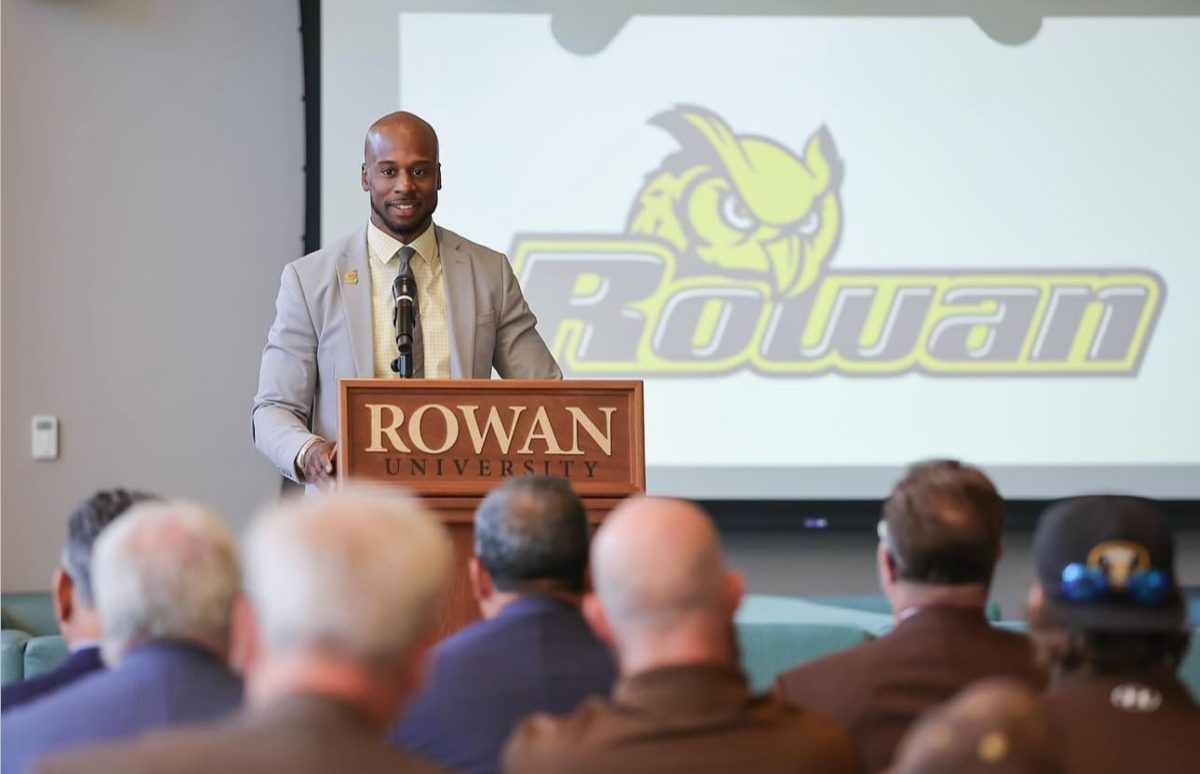

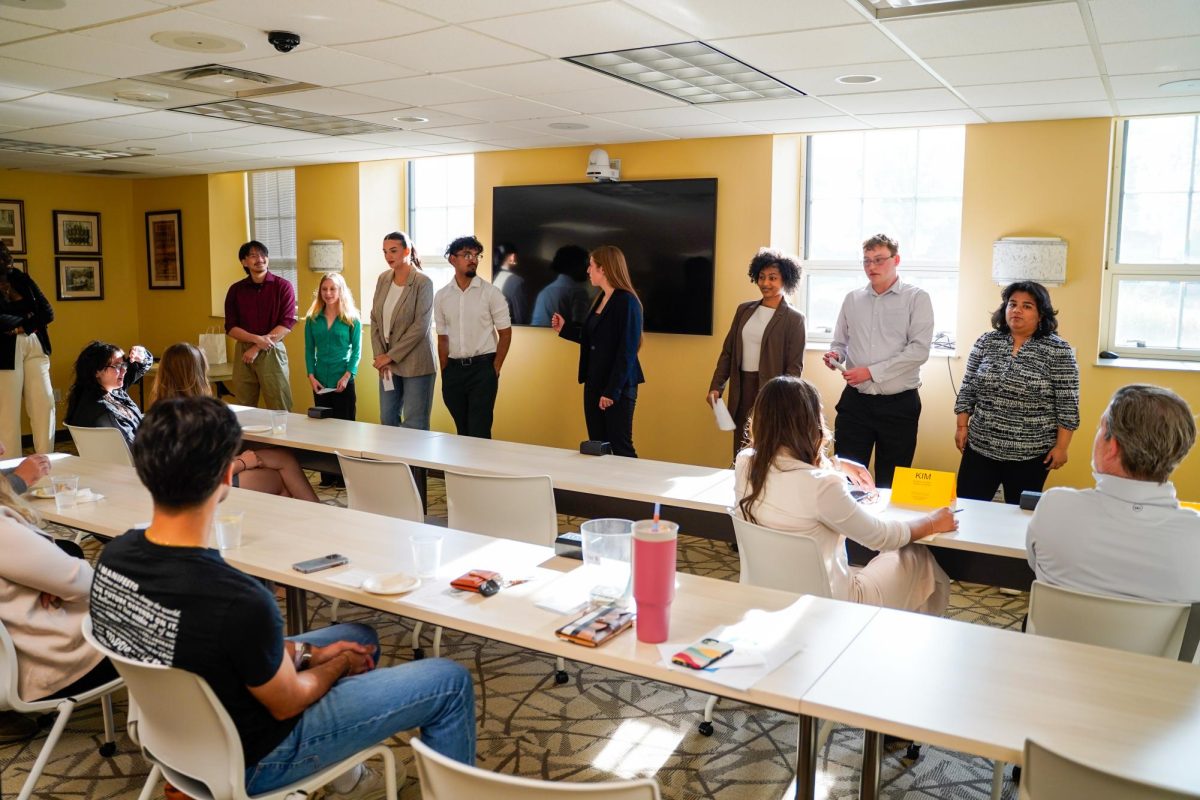
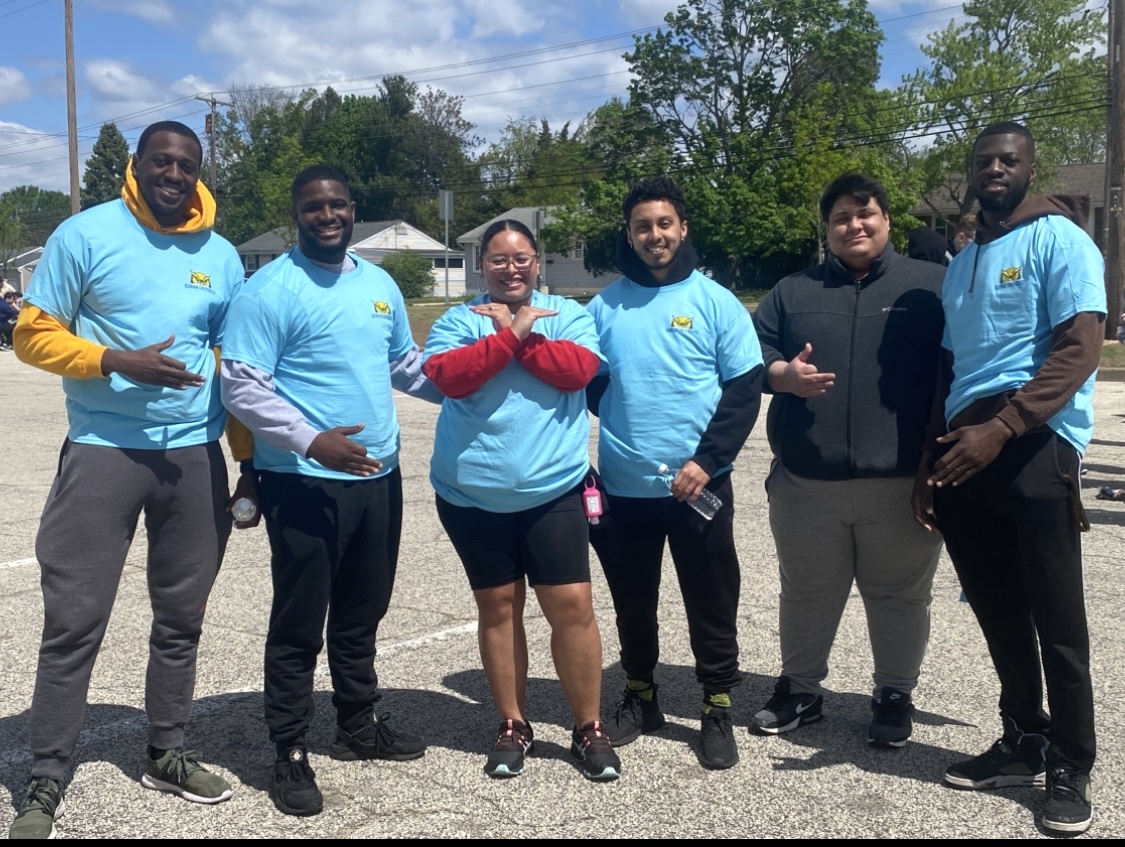


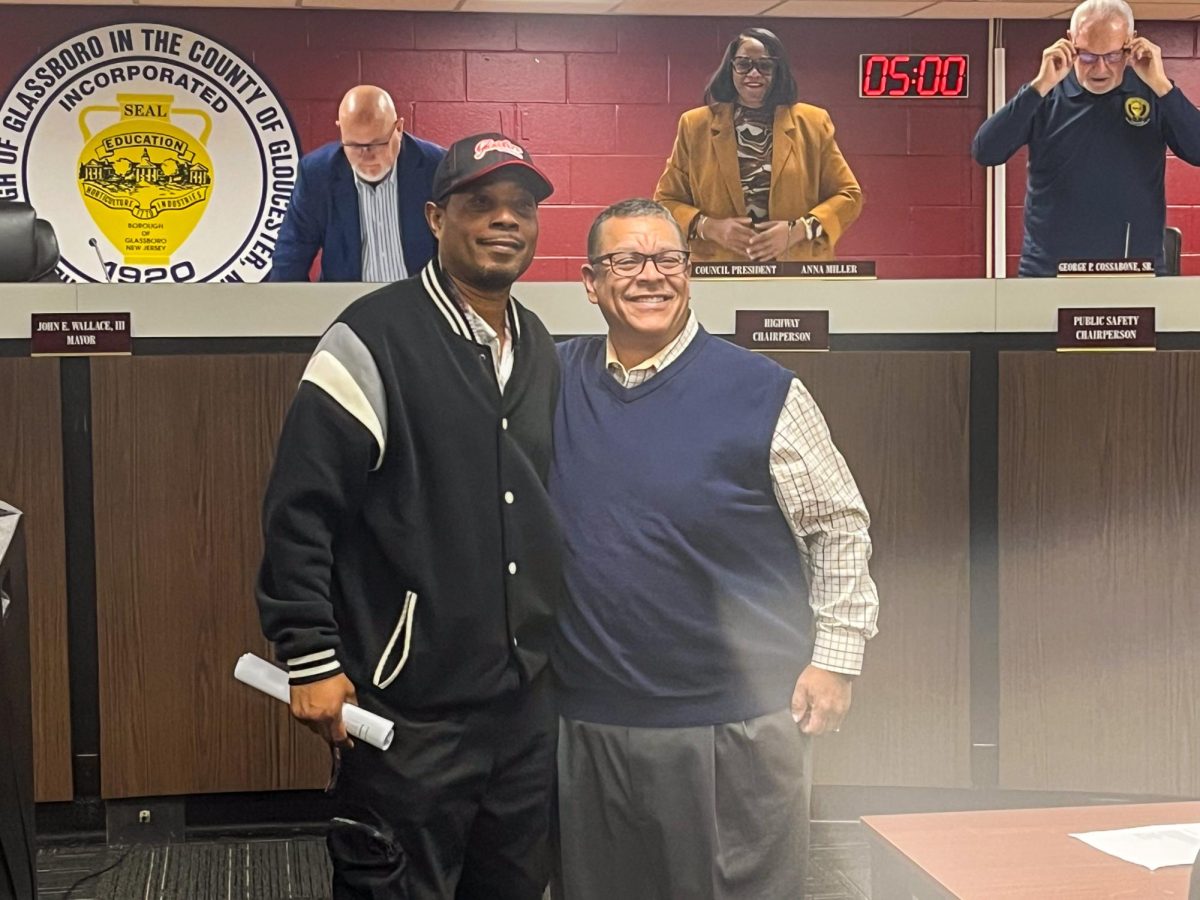












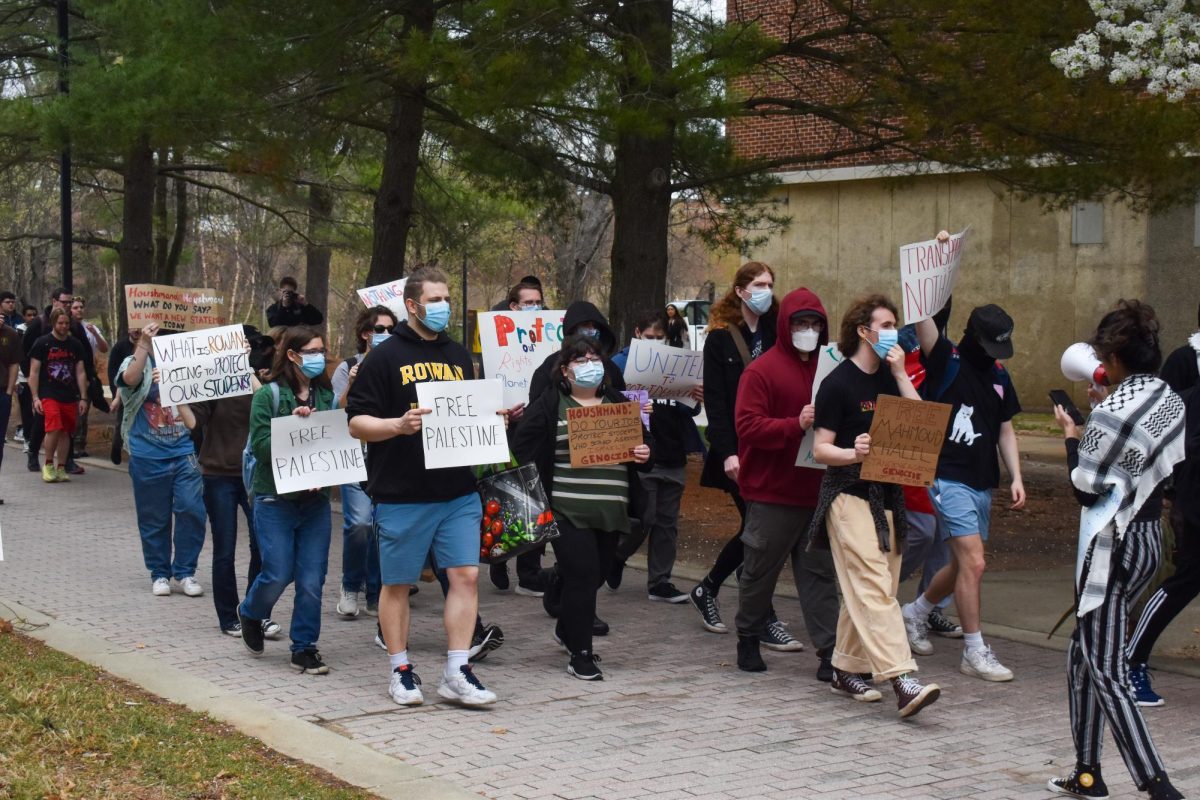












































































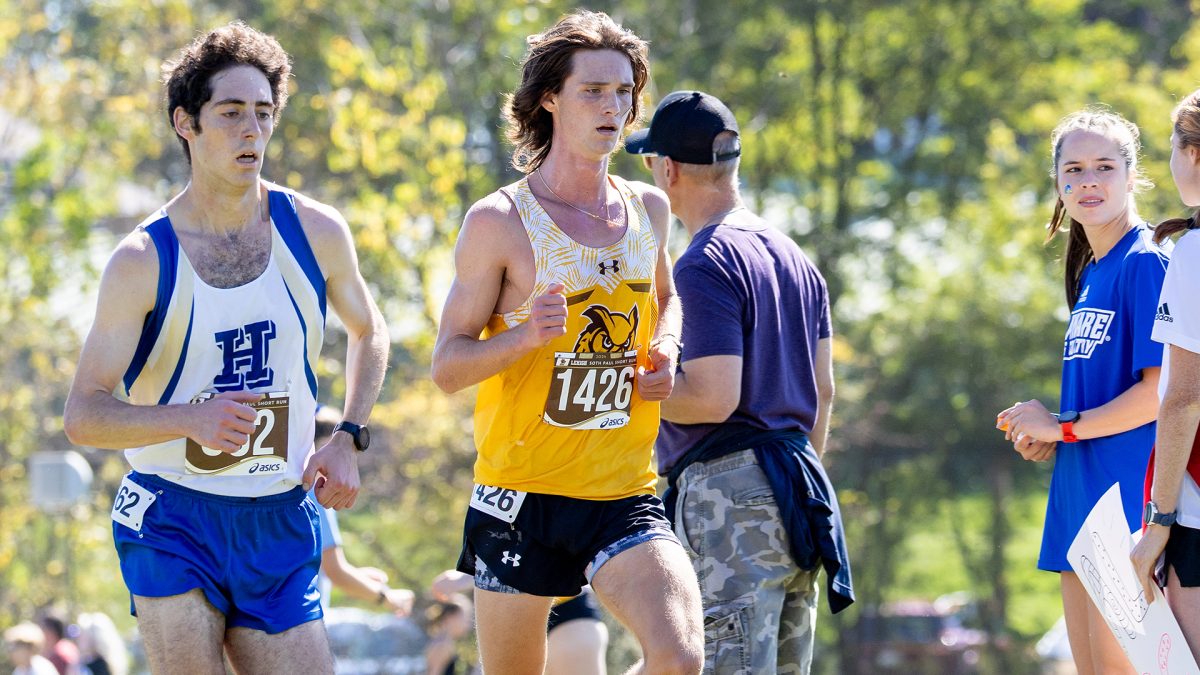


















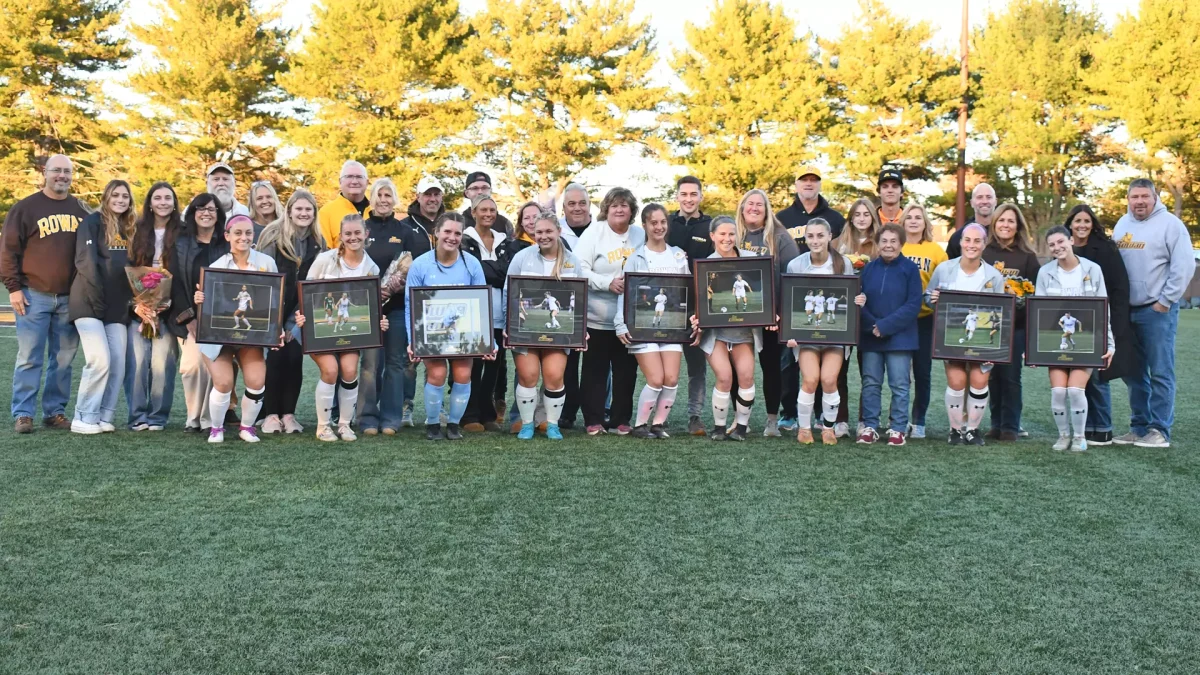











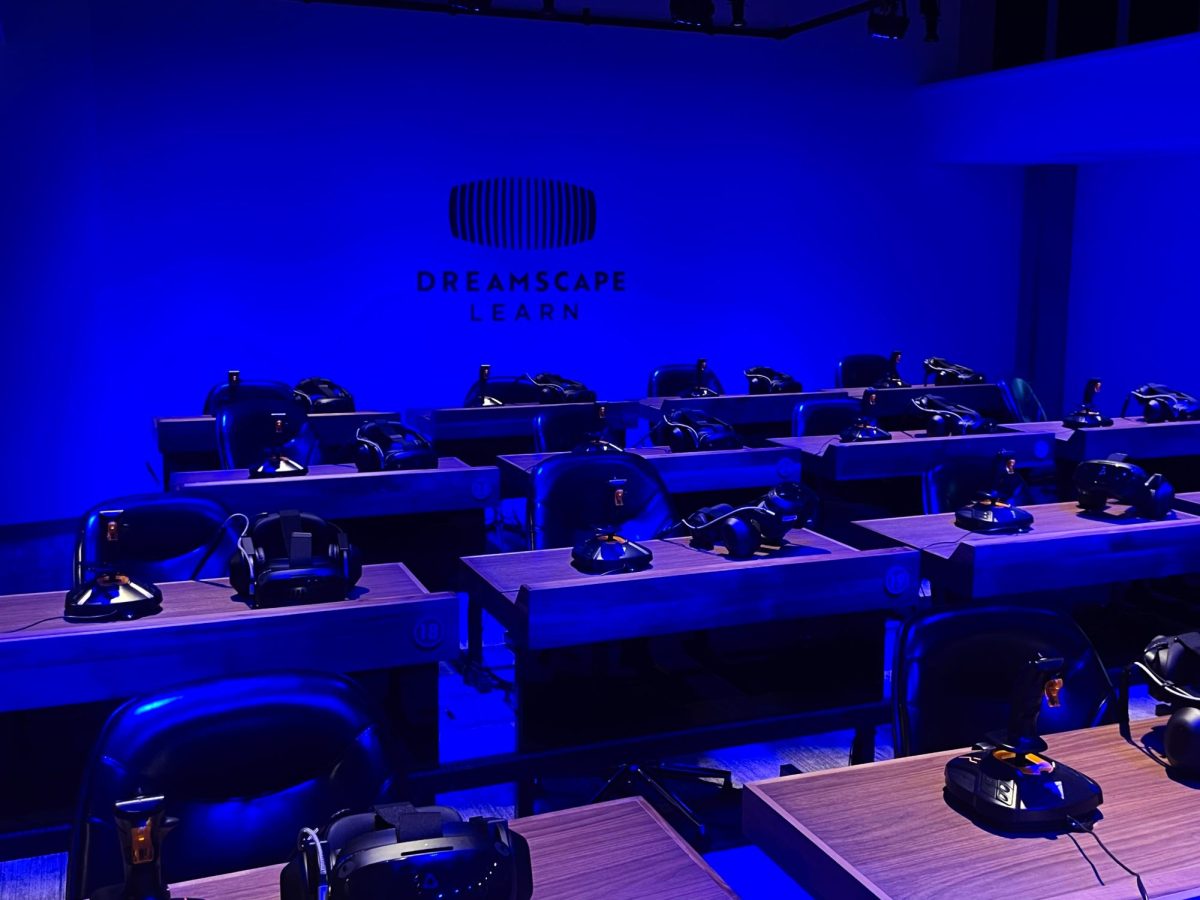
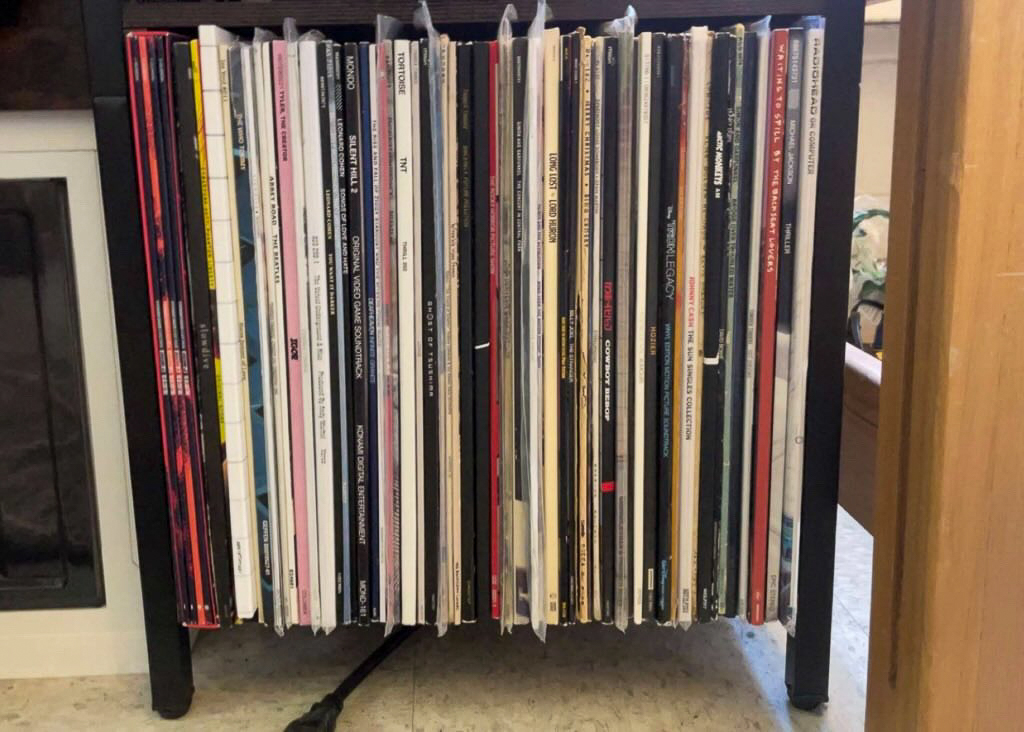
















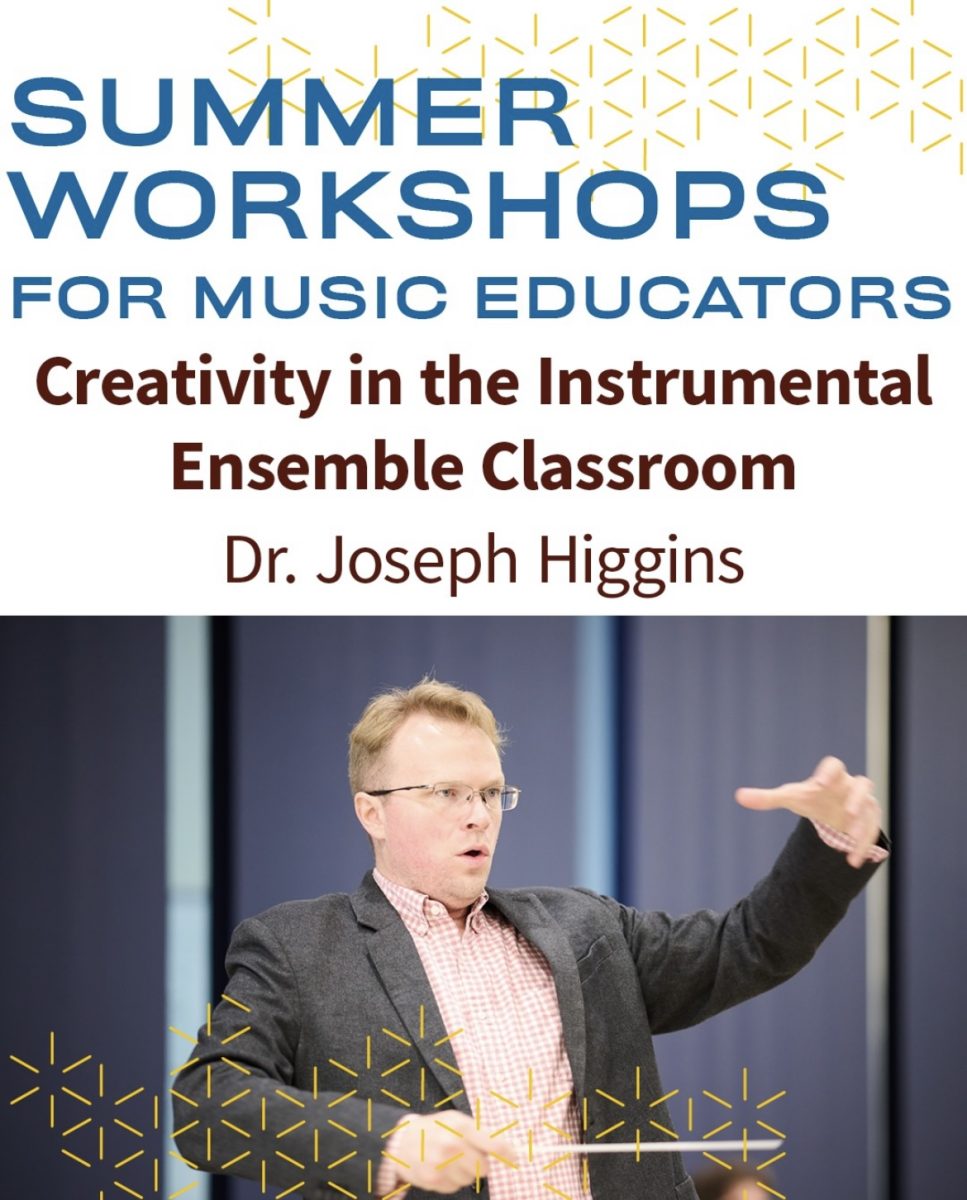






!["Working with [Dr. Lynch] is always a learning experience for me. She is a treasure,” said Thomas. - Staff Writer / Kacie Scibilia](https://thewhitonline.com/wp-content/uploads/2025/04/choir-1-1200x694.jpg)

